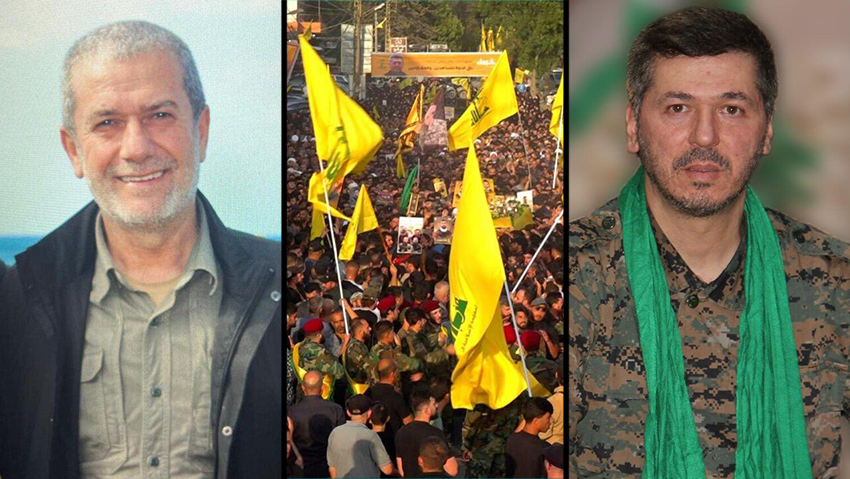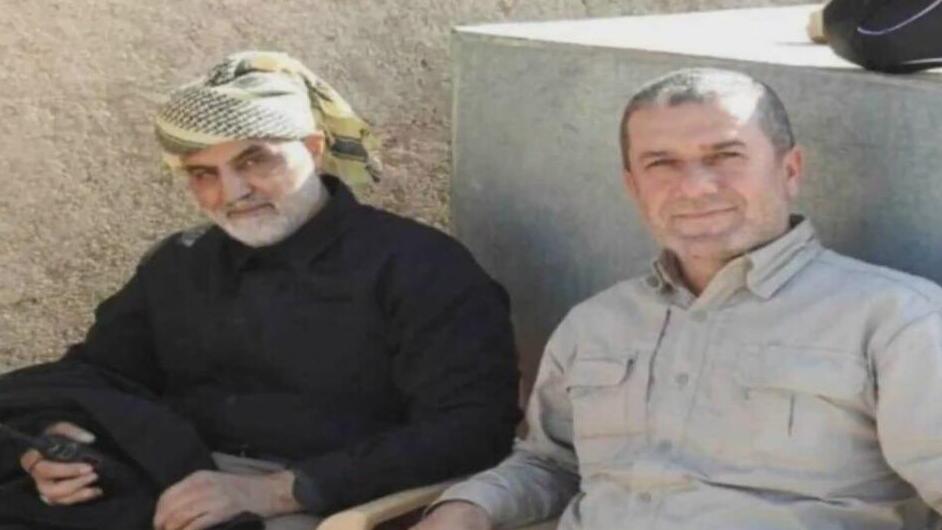Getting your Trinity Audio player ready...
Senior Hezbollah commander Muhammad Neamah Nasser who was eliminated on Wednesday was one of Hezbollah's regional commanders in southern Lebanon. Along with Taleb Sami Abdallah, who commanded another regional division, and Wissam al-Tawil, who commanded the Radwan force, Nasser is the highest-ranking commander Israel has eliminated in Lebanon so far.
Hezbollah divides southern Lebanon into three divisional zones: the eastern zone — from Bint Jbeil and eastwards — belonged to the Nasser unit, with Abdallah acting as its commander.
The zone controlled by Hezbollah's Aziz's unit is the western one, leading up to the coast. The third combat zone stretches from north of the Litani River to the city of Sidon, with the Badr unit in charge — whose commander is still active.
According to Tal Beeri, head of the Alma Center Research Department in Israel, Hezbollah's units are divided between two areas called the "first line of defense" and "second line of defense."
The first line includes the area between the border with Israel up to the Litani River, and the second includes the area from the Litani northward — up to the Sidon area. The Nasser and Aziz units belong to the first line.
Each unit's operatives live in the geographical area they're responsible for, with each having independent capabilities including rocket fire, anti-aircraft capabilities, mortars, combat engineering and drone units, as well as logistics, communications and medicine (through Hezbollah's Islamic Health Authority).
Nasser commanded the Aziz regional division for many years, and his elimination disrupts the commanding capabilities and combat experience of senior commanders in the area - which includes many Shiite villages, Hezbollah missile launching pads and other means.
The Iran-backed terror group has so far suffered 550 casualties and hundreds injured in the fighting, with 370 of whom were confirmed to be Hezbollah members and the rest members of Palestinian Islamic organizations which Nasrallah's terrorist organization allows to operate against Israel in southern Lebanon, including Hamas.
The assassination created a volatile situation where Hezbollah is taking casualties and high-profile eliminations to which its leader Hassan Nasrallah is particularly sensitive as seen in the unprecedented attack launched against Israel on Thursday that included dozens of drones and hundreds of missiles.
Amid the growing tensions, the IDF said recently it won't be able to keep displaced northern residents away from their homes for much longer, and the time is approaching when Israel will have to decide whether to pursue a diplomatic arrangement with Hezbollah or take military action instead.
Such an action would include a ground operation in southern Lebanon to allow for the return of northern residents to their homes and to push Hezbollah out of firing range against the country. Such an operation, which would have to push Hezbollah over 6 miles away from the border, would also push the terrorist organization's weaponry away from Israeli communities.




